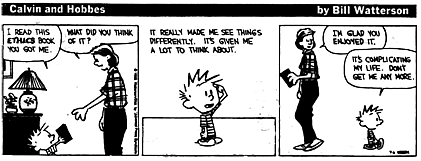Power Structure Essay
Use Power Thinking to structure your essay.
Power Thinking Essay Outline
Power Notes and Power Thinking
Complete this essay assignment:
Night Essay
Write an essay that elaborates on two incidents of injustices. The first one will be the Holocaust, using Night as a source. You will choose the second incident.
Use Power Thinking (The essay only needs to be four paragraphs in length)
Power Zero Hook: (include some of Wiesel’s acceptance speech OR refer to a Scripture (e.g., “Speak up for those who cannot speak for themselves, for the rights of all who are destitute” Proverbs 31:8) OR another provocative statement/quote.
Power One: Thesis/Introduction: When we see injustice in the world, whether we hear about it happening somewhere far away or whether we witness it in our community, we must do something. We cannot remain silent. When people are silent the enemy wins. (You can use the suggested thesis I wrote or write your own.) Two examples of people responding to injustice they saw are the Holocaust and ________________________.
Power Two: (Support for Power One) The Holocaust
Power Three: (Support for Power Two) Give two details to explain how the Holocaust happened and people didn’t say anything to stop it.
Power Three:
Power Three:
Power Two: (Support for Power One) Refer to one of the other incidents of injustice we looked at in this unit OR another injustice you are aware of. (See end for more examples)
Power Three:
Power Three:
Power Three:
Power Zero: Conclusion Reinforce the importance of people speaking up.
Other Incidents
- African American slavery: people just accepted that it was okay to treat African Americans like slaves.
- Pee Wee Reese: Jackie Robinson is being heckled by fans in Cincinnati. Shortstop Pee Wee Reese, from nearby Louisville, goes over to Robinson and puts his arm around him. The event has become a principal moment of the Robinson story — a man from the south showing support for Robinson. There is even a statue at the Brooklyn Cyclones’ home park commemorating the event.
- King David saved Keilah from the Philistines (1 Samuel 23)
- To Save a Life: the protagonist doesn’t stand up against the bullies and the friend kills himself.
- Someone defending you when you were being bullied.
- Rwanda genocide
- Arab Spring
- Kony 2012
